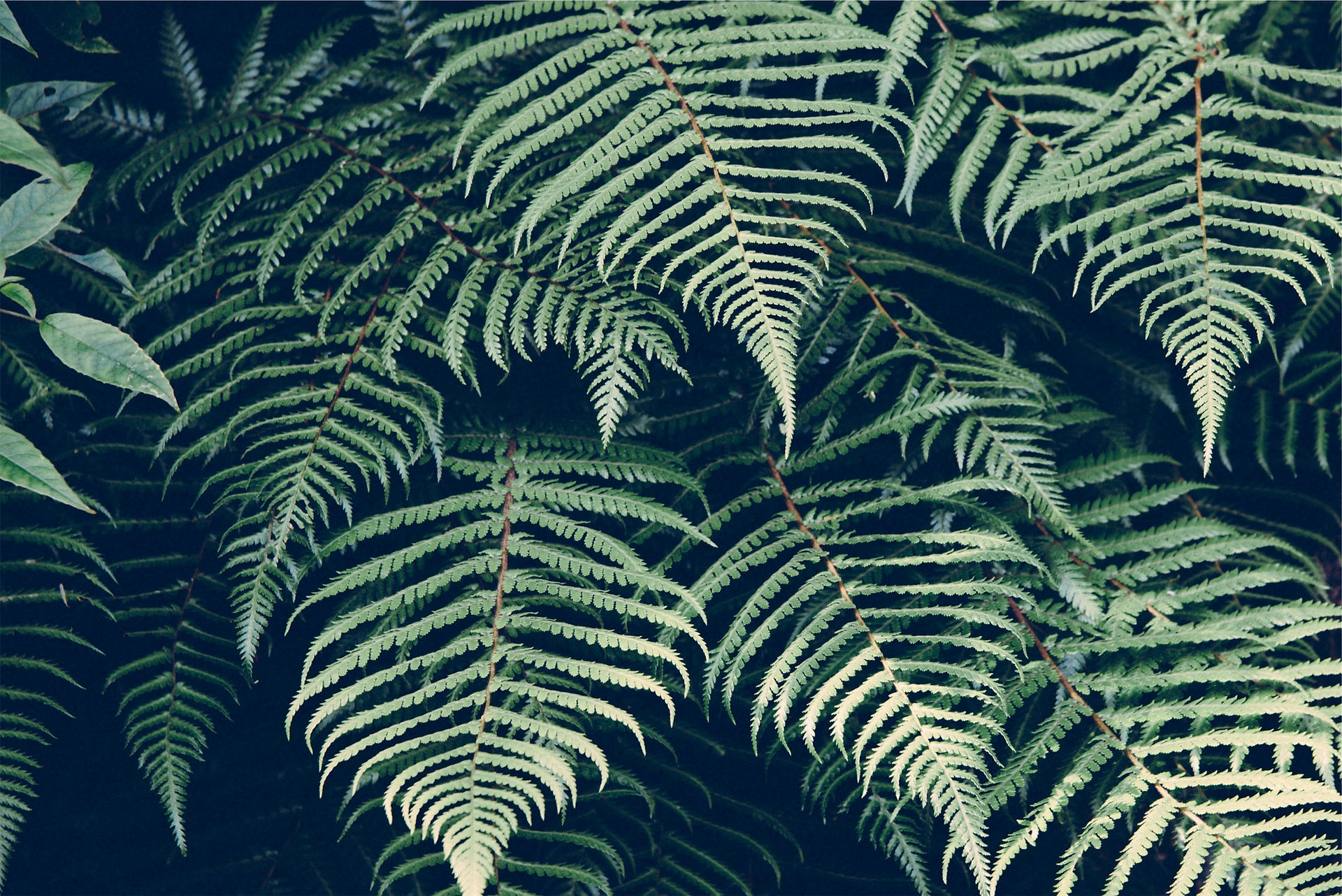Purple Fresh Water Crab
- juliusericlingabio
- Nov 18, 2015
- 3 min read

Insulamon palawanense, is species of freshwater crab from the Philippines described in 2012. They are 2.5–5.3 centimetres (1.0–2.1 in) wide and are a striking purple colour. A new species of purple crab was discovered, along with three other new species of crab, in the Philippine island of Palawan. The newly discovered crustaceans are small in size as each measured between roughly one and two inches wide. Crabs are typically known for their red hues, however, there are those such as the Chesapeake blue crab which exhibit colors other than the typical red rust hues. National Geographic reports that the Insulamon palawanense might utilize their unique coloring to help identity those of the same species. Hendrik Freitag of the Senckenberg Museum of Zoology in Dresden, German was quoted by AFP having said: “The particular violet coloration might just have evolved by chance, and must not necessarily have a very specific function or reason aside from being a general visual signal for recognition.” Freitag went onto say that it’s likely the newly discovered purple crabs have a number of natural predators, potentially including humans in remote areas, however, the greatest threat to the species is the continuing forest clearing which threatens their natural habitat.The Purple freshwater crab (Insulamon Palawanense) belongs to Kingdom Animalia, Phylum Athropoda. Under Class Malacostraca. Order Decapoda means are an order of crustaceans within the class Malacostraca, including many familiar groups, such as crayfish, crabs, lobsters, prawns and shrimp. Most decapods are scavengers. Family Potamidae means family of freshwater crabs. Under the Genus Insulamon means crab genus are the only varieties that are endemic to only one or a few islands and species of I. palawanense.
Gross Morphology

It is mostly described as a purple crab with its purple colored carapace. It is 2.5-3.5 cm wide and has reddish claws. Crabs have eyestalk which extends the eye away from the body for better vision. They have 4 pairs of limbs. The pair near its mouth is used for eating while the other three are used for locomotion. When they lose their claws, it grows back again. Abdomen in most male crabs is narrow and triangular in form, while females have broader and rounded in form because they carry their eggs.
Animal Description

It lives in the freshwaters of Palawan. Particularly in Irawan river, Cabayugan river, Sta. Lourdes river, Magarwak river, Estrella falls, Narra, Iwahig river, and in some other parts of the province. Crabs shed their exoskeleton in order for them to grow in size. It is a period called molting. It is only during this time that crabs mate. They attract the opposite sex with a chemical substance called pheromones. After making the chemical connection, the pair engages in a premating embrace in a missionary position with the female beneath the male. Then the male transfers sperm by inserting its male organ called gonopods into the two genital pores of the females called gonophores located on its underside. The female then stores the sperm in a sac called spermatheca until she is ready to use it. Eggs are then stored on a sponge-like structure on the female's abdomen for a period of several weeks until the crab larvae finally hatch. Like most crabs, Insulamon palawanense undergoes complete metamorphosis. From egg it develops into larval stage called zoeae that requires 31 to 49 days. The second stage is called Megalops which requires 6-20 days The third stage is called Juvenile which growth and maturation occur during a series of molts and intermolt phases, each of which is termed a "crab" stage according to the number of molts that have occurred since the megalops stage. Lastly, the Adult stage which sexual maturity is reached after 18 to 20 postlarval molts, at the age of 1 to 1½ years. They use their gills to breathe underwater and also to excrete gaseous wastes. In order for the crab to breathe on land, they keep their gills moist so that oxygen in the air can still be absorbed. Their digestive waste from the hindgut exists via anal sphincter. The purple crab mostly eats decaying vegetable and fruit matters, and dead animals that it can lay its claws on.
Taxonomical Classification



Comments